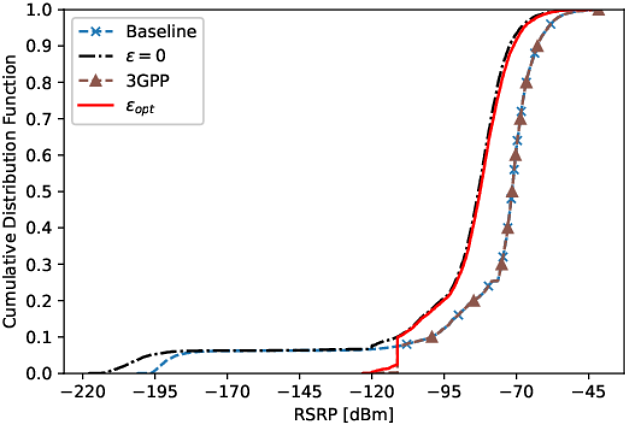Throughput and Coverage Trade-Off in Integrated Terrestrial and Non-Terrestrial Networks: an Optimization Framework

Throughput and Coverage Trade-Off in Integrated Terrestrial and Non-Terrestrial Networks: an Optimization Framework
Henri Alam, Antonio De Domenico, David López-Pérez, Florian Kaltenberger
AbstractIn past years, non-terrestrial networks (NTNs) have emerged as a viable solution for providing ubiquitous connectivity for future wireless networks due to their ability to reach large geographical areas. However, the efficient integration and operation of an NTN with a classic terrestrial network (TN) is challenging due the large amount of parameters to tune. In this paper, we consider the downlink scenario of an integrated TN-NTN transmitting over the S band, comprised of low-earth orbit (LEO) satellites overlapping a large-scale ground cellular network. We propose a new resource management framework to optimize the user equipment (UE) performance by properly controlling the spectrum allocation, the UE association and the transmit power of ground base stations (BSs) and satellites. Our study reveals that, in rural scenarios, NTNs, combined with the proposed radio resource management framework, reduce the number of UEs that are out of coverage, highlighting the important role of NTNs in providing ubiquitous connectivity, and greatly improve the overall capacity of the network. Specifically, our solution leads to more than 200% gain in terms of mean data rate with respect to a network without satellites and a standard integrated TN-NTN when the resource allocation setting follows 3GPP recommendation.